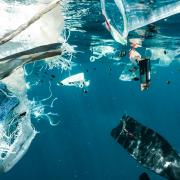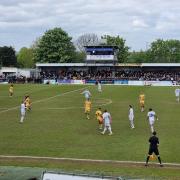
The Philippines, a country renowned for its vibrant culture and astonishing locations, has been particularly susceptible to the powers of westernisation.
Western influence, from America especially, has been accelerated within the last decades due to the penetration of media. Facebook is used by over 71% of Filipinos - the most social media-active country in the world! This is beneficial in providing communication and entertainment, but it also creates an extremely glamorised depiction of the West. These beautified and unrealistic portrayals of the Western world create toxicity and divisions, especially as poverty is so rarely captured through social media.
When questioning two Filipino teenagers, I received astute responses regarding westernisation. Kaycee Macaraig mentioned how westernisation has “created rapid developments, yet older generations are often wary of these changes.” EJ Alcon additionally commented on how “beauty industries have been significantly transformed due to this influence”.
There is not only shifts within fashion, but the Philippines is also becoming gradually inhabited with American food chains and the dominance of the English language.
Arguably, westernisation is improving economic prospects by providing trading opportunities and employment - yet at what cost? Manila, a target of increasing industrialisation, is currently smothered in toxic plastic fumes and traffic congestion.
Westernisation within the Philippines is undoubtably creating financial stability; however, it is of utmost importance to recognise the substantial impact on cultural identity, national dialect, and environmental issues.
For every factory built, a rice field is lost.






























